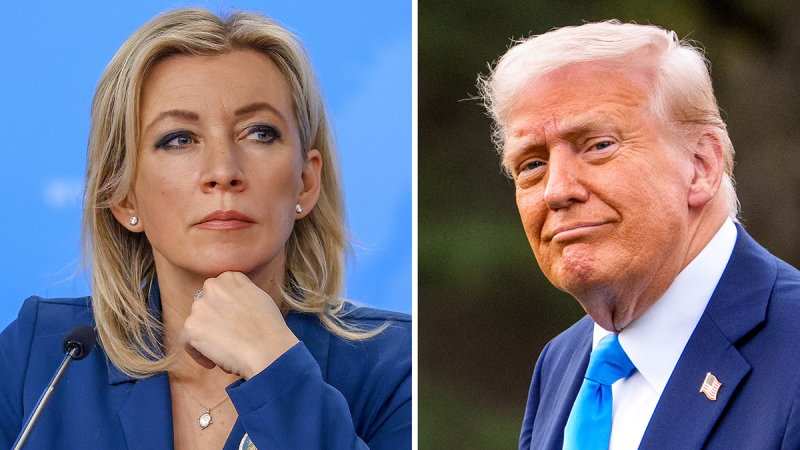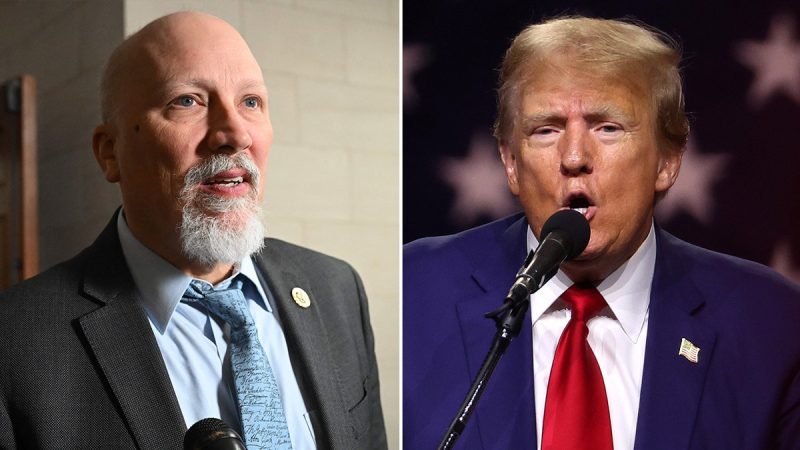President Donald Trump announced sweeping tariffs on U.S. trading partners throughout the world Wednesday, saying the U.S. would add a 10% minimum baseline tax on all products coming in.
The Trump administration has identified what it has called the ‘Dirty 15’ as the 15 nations with the largest trade deficit with the U.S., meaning the trade partnerships by which Washington imports more from countries than those nations import from the U.S.
But the White House has also flagged what it describes as other ‘unfair’ trading practices, chiefly implemented through tariffs on U.S. goods.
CHINA
Washington and Beijing have been in a trade war since the first Trump administration when the first-term president imposed 25% tariffs on $50 billion in Chinese goods starting in April 2018.
Beijing responded the next day by slapping reciprocal tariffs on 106 U.S. products worth $50 billion, mostly targeting U.S. agricultural products worth some $16.5 billion.
The tariff war would continue with repeated back-and-forth escalating tariffs before some tariff relief was agreed upon beginning in January 2020.
By January 2021, the U.S.-China Business Council (USCBC) found that the U.S. had lost nearly a quarter of a million jobs.
The Biden administration and China largely maintained the status quo established during Trump’s initial trade war.
But Trump threatened to hit Beijing with 60% tariffs on the campaign trail and, by February 2025, just weeks after his inauguration, he slapped China with a blanket 20% tariff on all Chinese imports.
Beijing again responded with up to 15% tariffs on more than $33 billion in U.S. agricultural products, including U.S.-grown chicken, wheat, corn and cotton.
China’s trade deficit with the U.S. is $295.4 billion.
EUROPEAN UNION
The European Union, which is no stranger to Trump’s tariff war, is bracing for a much bigger battle this time around after enduring metal trade spats during his first term.
Trump has already announced a 25% tariff on steel and aluminum imports, which directly hits the European Union, the U.S.’s largest trading partner, along with a 25% tariff on imported cars, which will affect nations like Germany.
The EU said it could impose retaliatory tariffs on the U.S. of up to $28 billion.
The U.S. had a trade deficit of $235.6 billion with the European Union in 2024, which Trump has called ‘an atrocity.’
But it is not only the difference in trade agreements that has irked the president.
Last month, the White House said specific levies charged by various trading partners are making it ‘virtually impossible’ for U.S. products to be exported, including a 50% tax on American dairy products sold by EU nations.
But expert Andrew Hale, a senior policy analyst in trade policy with the Heritage Foundation, explained that the dairy industry in particular has massive barriers stopping Europe from being able to lower prices to match American products.
‘They have a very, very protected agricultural market,’ Hale said, highlighting Europe’s strict husbandry practices. ‘Europeans would not be able to compete.’
Hale explained that norms like overcrowding and poor conditions frequently found in the U.S.’s poultry, dairy and pork industries in mass farming are barred in Europe.
Animal spacing regulations and bans related to hormone injections have required a completely different type of farming that favors quality treatment of the animals versus mass production, which makes European meats and dairy products more expensive than American products and makes it unlikely that the EU drops this tax.
CANADA
The White House has also taken aim at Canada, which is expected to see more tariffs fired at it Wednesday and said it has a 300% tariff on American butter and cheese.
Hale explained that while this is technically true, it is a tariff rate-quota that was negotiated during the first Trump administration under the revised NAFTA agreement, which became the United States Mexico Canada (USMCA), and one which has never been implemented.
The massive tariff would only be used if U.S. exports exceed negotiated tariff rate quotas. Otherwise, daily sales to Canada face no tariffs under the USMCA.
Canada and the U.S. in recent weeks have entered into a tariff war after Trump announced a blanket 25% tariff on 25% on Canadian goods and 10% on its energy.
Ottawa, in return, imposed 25% reciprocal tariffs on $30 billion in U.S. goods, mostly targeting the agriculture sector.
It has threatened to hit the U.S. with tariffs on $95 billion in U.S. imports if Trump imposes more taxes on the country’s northern neighbor.
HOW IT ENDS
‘Everyone needs to do what Israel has just done, bring down zero tariffs against the U.S. And then we can have absolute free trade,’ Hale said. ‘That’s fair, and we can all have market access.
‘When you have stupid tariffs, like tariffing stuff you don’t grow and make, that’s just basically being unfair.’



